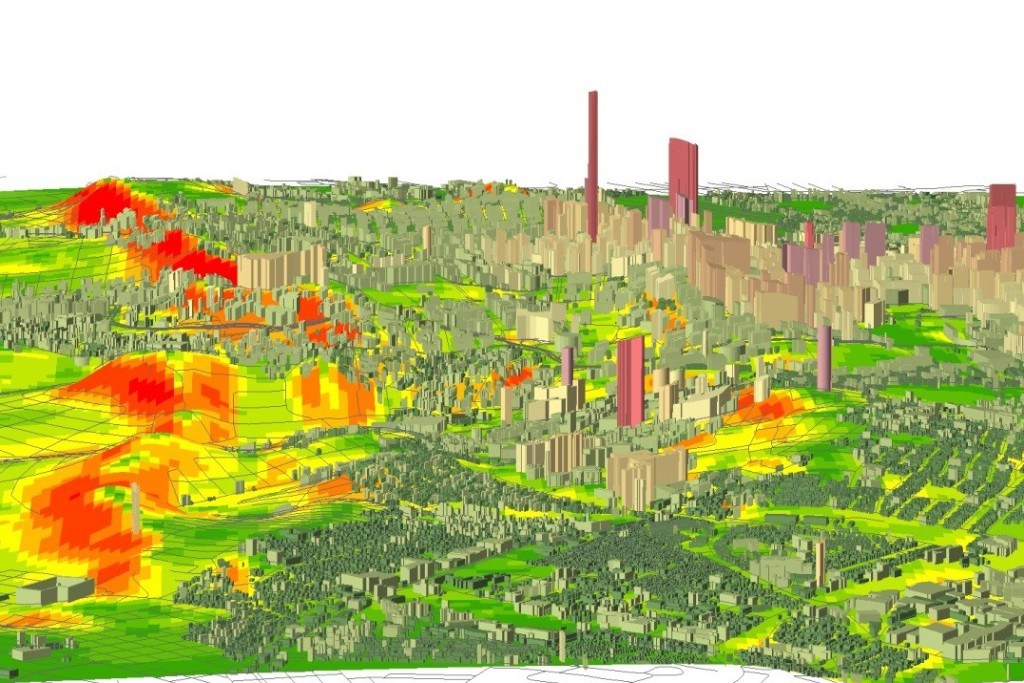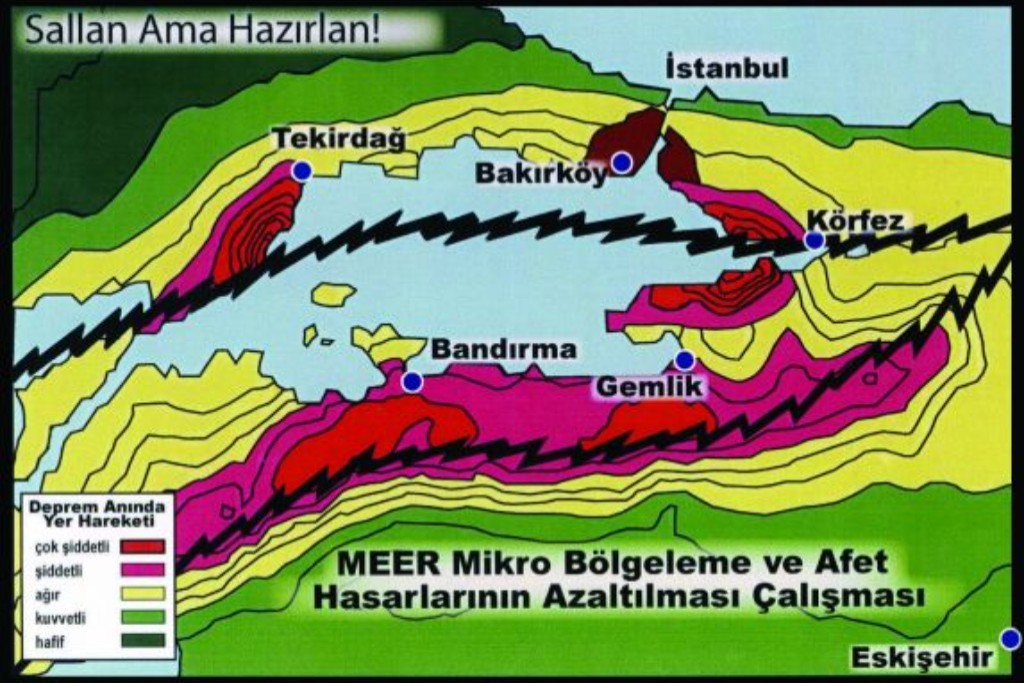Micro-zoning and Vulnerability Studies at Pilot Municipalities to Decrease Earthquake Damage
- Financing : -
- Service : -
- Employer : -
- Project Duration : -
Turkey is highly vulnerable to natural disasters, particularly earthquakes and floods. Marmara Earthquake in 1999, measuring 7,4 on the Richter scale, caused damage to life and property- 20,000 people died and an estimated 200,000 people were left homeless. Living environment and cultural heritage were attacked severely. Beside direct damages to life and property, indirect effects such as work stoppage, decrease in production and recovery costs adversely affected the Country’s economy. At the request of Government of Turkey, the World Bank extended support for urgent requirements and responded with a loan under the title of “Marmara Earthquake Emergency Construction” (MEER) Project.
This study was part of the component A3 of the MEER project and aimed at reducing vulnerability of the Marmara Region to potential disasters, including earthquakes, floods and tsunami.
Main tasks of the study were:
- to perform multi-hazard microzonation and vulnerability studies
- to create urban multi hazard risk maps
- to introduce disaster mitigation measures to minimize loss and damages
- to enforce building codes and standards
- to standardize data formatting and to create a GIS database



